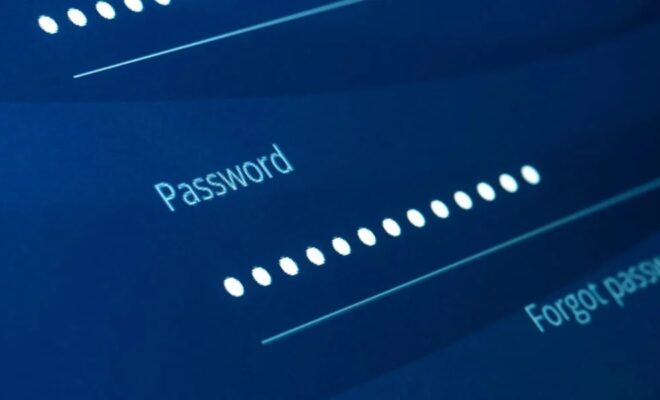Decoded: How Is the “Buy Now Pay Later” System Even Profitable

Buy now, pay later arrangements are becoming an increasingly popular choice among customers. Retailers are also major admirers of this product. Research has shown that giving customers the opportunity to pay for their purchases with a loan at the point of sale makes them more loyal to the store and results in larger basket totals.
Credit cards are still the most common mode of payment for online purchases; however, digital wallets, as well as other forms of online payment, are gaining market dominance. BNPL, which is also known by its alternate name for Buy Now Pay Later, is a method that allows customers to make interest-free payments over a longer period of time. Customers may also avoid late penalties by making their payments on schedule. They are also able to avoid carrying credit card balances, which result in interest charges until the cardholder pays off the debt in full.
In spite of the fact that Buy Now Pay Later, has always been on the horizon of payment businesses for some time, recent developments lend credence to the idea that it is a long-term trend rather than a passing fad in the midst of the coronavirus epidemic.
The possibility of a rise in sales is one of the primary draws for businesses that are thinking about incorporating BNPL into their payment processing options. After implementing a “buy now, pay later” option, companies in the United Kingdom and Europe reported an increase in gross sales of between 3 and 10 percent, according to research conducted by Digital River. One further advantage is the possibility of a rise in the total average order value (AOV). It’s a major selling feature for payment companies like PayPal, which boasts a 56% boost in average order value whenever combined with pay-over-time messaging.
The events that take place following the transaction also have their rewards. One of these is that the BNPL provider takes on the risk of the merchant not being paid and submits the cash at the moment of shipping, so instantly rendering the merchant whole.
The industry as a whole is subject to very little oversight, which is one of the primary reasons why BNPL has indeed been able to expand at such a quick rate and why valuations are so high.
Loan secured by merchant transaction fees.
As long as payments are paid in a timely manner, the consumer who makes use of a merchant transaction fee will not be subject to additional interest charges on their total purchase. Instead, the merchant is responsible for a one-time transaction charge that ranges anywhere from 2% to 8% of the total transaction amount. Although some shops may be put off by this price, offering BNPL as a payment option can result in new customers, increased lifetime value of existing customers, and increased frequency of purchases.
Consumer interest loan
The second possibility, known as a consumer interest loan, requires an interest rate to be applied to the purchase at the time of the transaction. As a consequence, the proprietor of the company is exempt from paying any additional expenses. This is a tempting choice for merchants to make, but it might not be as inviting to customers shopping for goods.
New players on the field
Card networks like Mastercard and Visa compete with one another by introducing BNPL solutions that will keep transactions on their respective networks. The BNPL option from Mastercard is offered to financial institutions, such as banks and lenders, as well as fintech companies and companies that provide digital wallets. Customers can access Mastercard’s BNPL alternatives through the mobile banking or digital wallet app of their lender, or they can apply for a BNPL loan and receive approval while they are checking out at a store that accepts Mastercard. As a result, customers can use BNPL at any retailer that accepts Mastercard. A fee is often applied to the retailer when using a BNPL product, whereas the client is given the ability to pay for their purchase in interest-free installments.
To know more, please visit: https://blog.cashfree.com/buy-now-pay-later-bnpl/
Conclusion
After over two years of dealing with the effects of oscillations in the global economy, a large number of small enterprises are now in the process of recovering. However, the majority of decision-makers are aware that in order to earn money, they require the appropriate tools for the task. Buy now, pay later solutions to offer businesses that are prepared to take the next step in their development an ingenious and risk-free financial bridge.








